Join the discussion on this paper page.
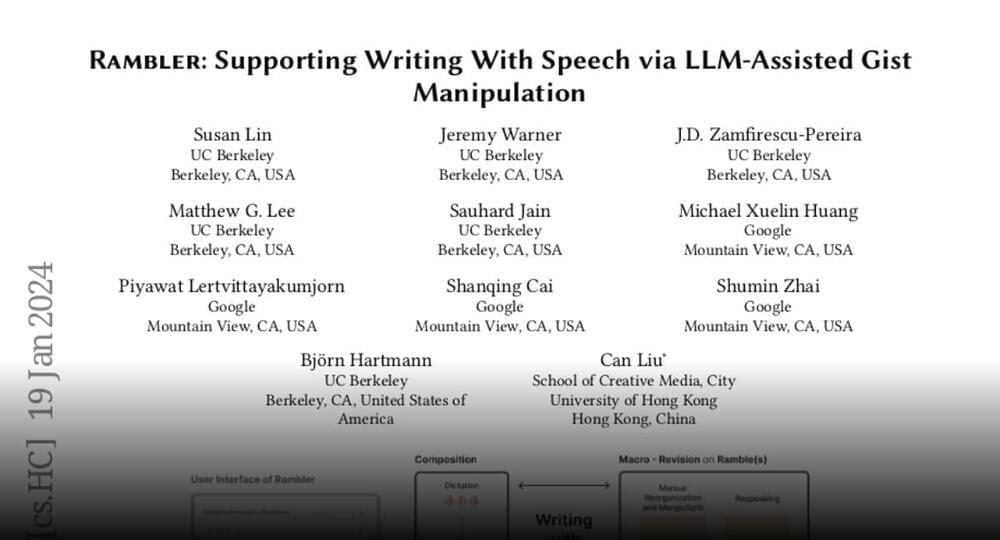

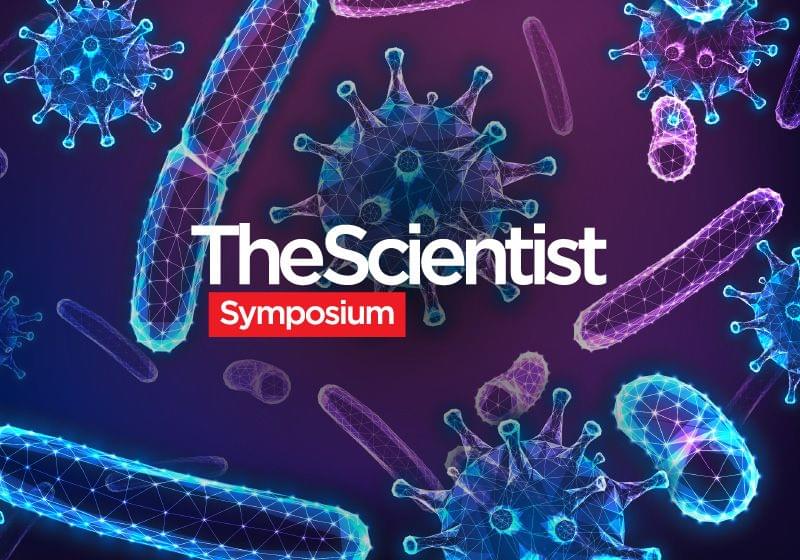
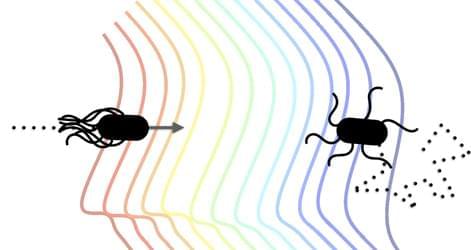
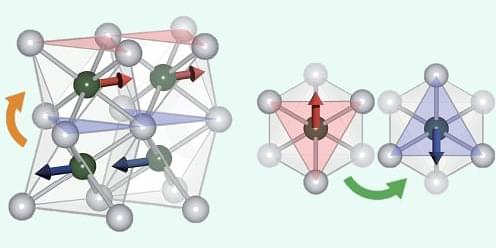
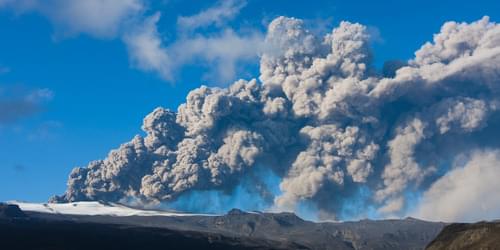
Experiments with small falling particles show that their orientations oscillate—which may help explain the settling of volcanic ash and the formation of snow.
Ice crystals and volcanic ash fall through the atmosphere in a complicated way that has been hard to capture experimentally. A new lab experiment has photographed the descent of nonspherical plastic particles that were fabricated to resemble natural particles [1]. The images reveal oscillations in the particles’ orientations as they flitter downward. The results could help in modeling the formation of snow and the transparency of clouds, which is important for weather and climate models.
In order to study how micrometer-sized particles fall in the atmosphere, researchers must address the challenge of zooming in on the particles as they pass quickly in front of the camera. “The problem is that your field of view is so small that you have a very limited chance to see the particle for a long trajectory,” says Gholamhossein Bagheri from the Max Planck Institute for Dynamics and Self-Organization in Germany. Previously, researchers tried to solve this problem by performing experiments in water with easier-to-view centimeter-sized particles. The water slows the particle motion, but the ratio of particle size to fluid viscosity—which can be characterized by the dimensionless Reynolds number—remains roughly the same for larger, waterborne particles as for smaller, airborne particles. This correspondence between the two situations implies that water-based experiments can offer information about the speed and orientation of falling particles in the atmosphere.

Researchers have created a novel technology utilizing meta-optical devices for thermal imaging. This method offers more detailed information about the objects being imaged, potentially expanding thermal imaging applications in autonomous navigation, security, thermography, medical imaging, and remote sensing.
“Our method overcomes the challenges of traditional spectral thermal imagers, which are often bulky and delicate due to their reliance on large filter wheels or interferometers,” said research team leader Zubin Jacob from Purdue University. “We combined meta-optical devices and cutting-edge computational imaging algorithms to create a system that is both compact and robust while also having a large field of view.”
In Optica, Optica Publishing Group’s journal for high-impact research, the authors describe their new spectro-polarimetric decomposition system, which uses a stack of spinning metasurfaces to break down thermal light into its spectral and polarimetric components. This allows the imaging system to capture the spectral and polarization details of thermal radiation in addition to the intensity information that is acquired with traditional thermal imaging.

When you get in the car to see your significant other for dinner, your brain’s reward center is likely flooded with dopamine, a hormone also associated with cravings for sugar, nicotine, and cocaine. This rush of dopamine motivates you to navigate through traffic to maintain that special connection. However, if the dinner is with just a work colleague, this intense flood of dopamine may be reduced to a mere trickle, according to recent research conducted by neuroscientists at the University of Colorado Boulder.
“What we have found, essentially, is a biological signature of desire that helps us explain why we want to be with some people more than other people,” said senior author Zoe Donaldson, associate professor of behavioral neuroscience at CU Boulder.
Scientific investigations on the ISS’s latest resupply mission include advancements in 3D metal printing, semiconductor manufacturing, reentry thermal protection, robotic surgery, and cartilage tissue regeneration. These studies aim to enhance space mission sustainability and have significant implications for Earth-based technologies and health care.
Tests of a 3D metal printer, semiconductor manufacturing, and thermal protection systems for reentry to Earth’s atmosphere are among the scientific investigations that NASA and international partners are launching to the International Space Station on Northrop Grumman’s 20th commercial resupply services mission. The company’s Cygnus cargo spacecraft is scheduled to launch on a SpaceX Falcon 9 rocket from Cape Canaveral Space Force Station in Florida by late January.
Read more about some of the research making the journey to the orbiting laboratory:
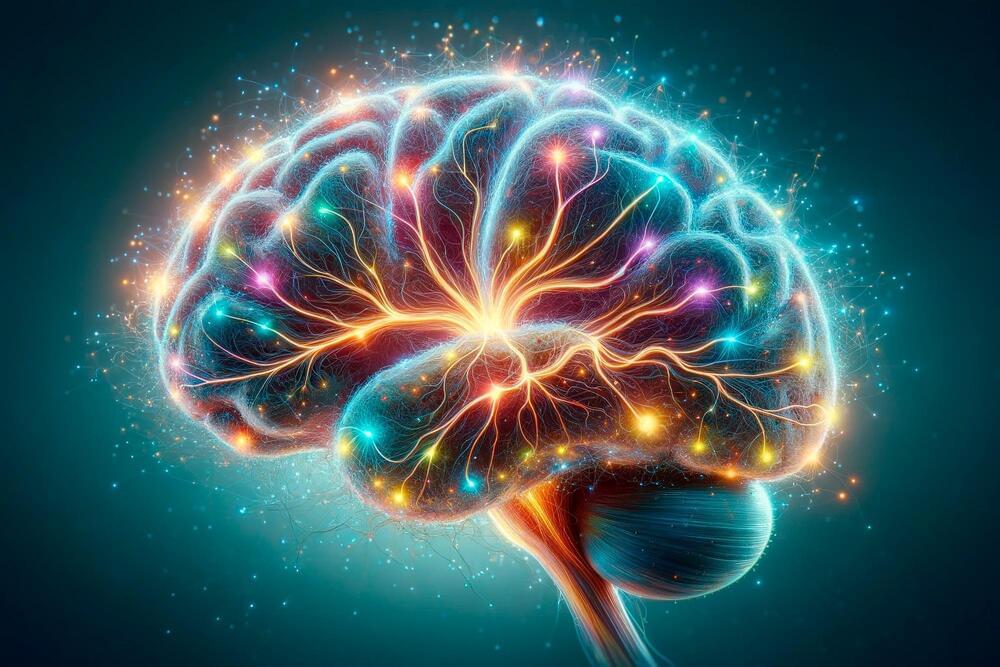
SynapShot, developed by an international research team, marks a major advancement in neuroscience by enabling real-time, live observation of synaptic changes in the brain.
The human brain contains approximately 86 billion neurons and 600 trillion synapses that exchange signals between the neurons to help us control the various functions of the brain including cognition, emotion, and memory. Interestingly, the number of synapses decrease with age or as a result of diseases like Alzheimer’s, and research on synapses thus attracts a lot of attention. However, limitations have existed in observing the dynamics of synapse structures in real-time.
Scientists have developed “quantum ping-pong”: Using a special lens, two atoms can be made to bounce a single photon back and forth with high precision.
Atoms can absorb and reemit light — this is an everyday phenomenon. In most cases, however, an atom emits a light particle in all possible directions — recapturing this photon is therefore quite hard.
A research team from TU Wien in Vienna (Austria) has now been able to demonstrate theoretically that using a special lens, a single photon emitted by one atom can be guaranteed to be reabsorbed by a second atom. This second atom not only absorbs the photon though, but directly returns it back to the first atom. That way, the atoms pass the photon to each other with pinpoint accuracy again and again – just like in ping-pong.